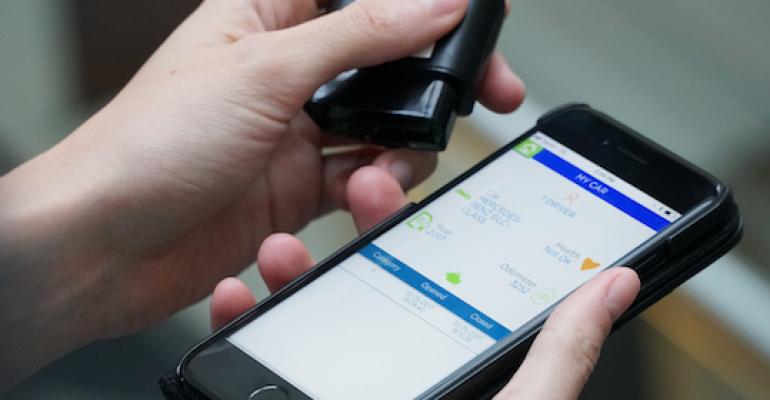As drivers race into spring, taking a few minutes to think about their auto insurance may save some big money in the end. Not all insurance is made the same, and that leaves opportunities for savvy buyers to save on their coverage.
Before you can start saving, it is important to understand what factors auto insurance companies consider when they come up with that all-important premium quote.
The short answer is: How much you pay depends on how much of a risk the insurance company perceives you represent. In coming up with that risk assessment, they take several factors into account, including what you drive, who you are and even how well you manage your money.
Insurers first look to your past to determine risk. Specifically, they are looking at things that indicate you might be risky in the future, such as accidents, speeding tickets and arrests for driving under the influence.
Next, they turn to statistical models, which typically begin with demographics. Younger, less experienced drivers get into more wrecks than older and presumably wiser drivers. Women tend to take fewer risks behind the wheel, and once you get married, you tend to take fewer risks still.
What they won’t consider, though, is demographic data that represents race, ethnicity, religion, national origin or any other potentially discriminatory factors. If you suspect a company is considering a discriminatory factor, reach out to your state insurance commission.
Some insurers also look to your credit score as a proxy for your risk-taking. Presumably, if you live on the edge and regularly miss credit card payments, insurers assume you might live life on the edge behind the wheel as well.
To get an even more granular look at your risk, insurers encourage customers to sign up for telematics programs, which track your driving habits, either through a sensor in your car’s diagnostic port or through an app on your phone.
 Nearly every insurer offers these so-called usage-based policies that track how you drive – how far you drive in a given week, how often you are slamming on the brakes or the gas, and even the time of day that you drive.
Nearly every insurer offers these so-called usage-based policies that track how you drive – how far you drive in a given week, how often you are slamming on the brakes or the gas, and even the time of day that you drive.
Some devices offer real-time feedback, such as an audible beep if you hit the brakes too hard. And most have a display on which you can see your progress toward a potential discount, which can be as much as 30%.
One of the drawbacks of telematics devices is that they don’t distinguish between slamming on the brakes to avoid a kid who runs into the street versus simple risky driving.
The app-based programs tend to collect more data on you, including your location data and any distracted-driving habits. If you pick up the phone while driving, it is going to report that.
All that monitoring does bring up privacy concerns. Many people simply don’t want to be tracked, and others don’t trust that the information will be limited to what is agreed to be collected. Some people also worry about data breaches.
An anonymized version of the telematics program is available to Tesla drivers in California. Through the Tesla Insurance program, onboard computers track Tesla drivers and report behavior to the Tesla Insurance company, which uses that data to consider discounts.
That can be welcome news because electric vehicles as a class currently are more expensive to insure than their gas-powered counterparts. Because fewer EVs are on the road, the market forces aren’t yet in place to make them inexpensive to repair after a collision.

Parts for EVs generally aren’t available from aftermarket providers, and the mechanics who know how to install them tend to work only at specialty shops.
There also are questions as to how a battery will perform after a collision and whether they represent fire hazards.
But, as more EVs hit the market, market forces will make parts more common and skilled mechanics more available.
And with all things auto insurance, lower costs translate to lower risk, and lower risk translates to lower premiums.
Michael Giusti (pictured above, left) is an analyst and senior writer at InsuranceQuotes.com.




